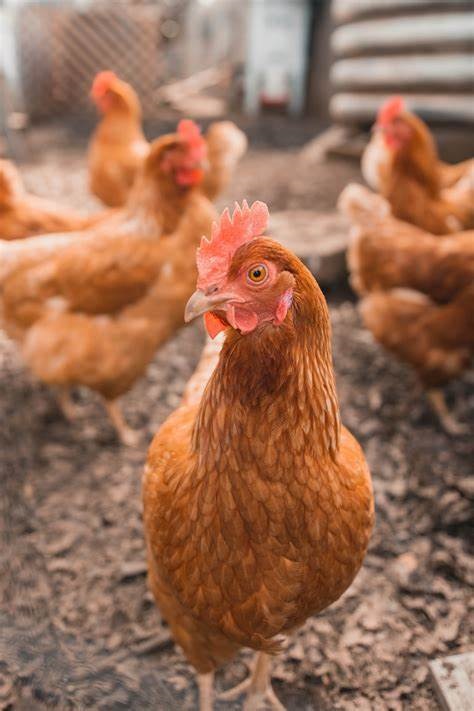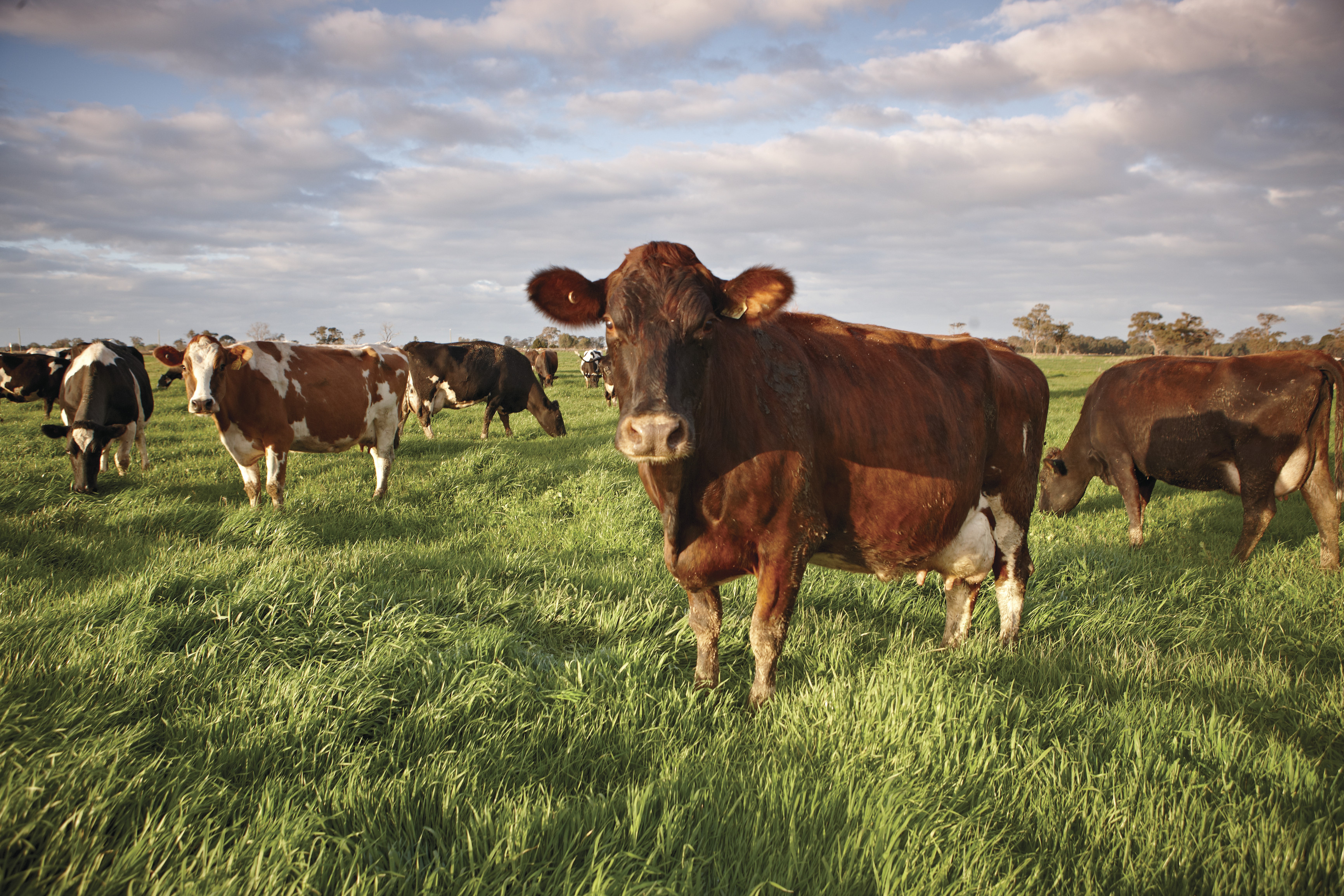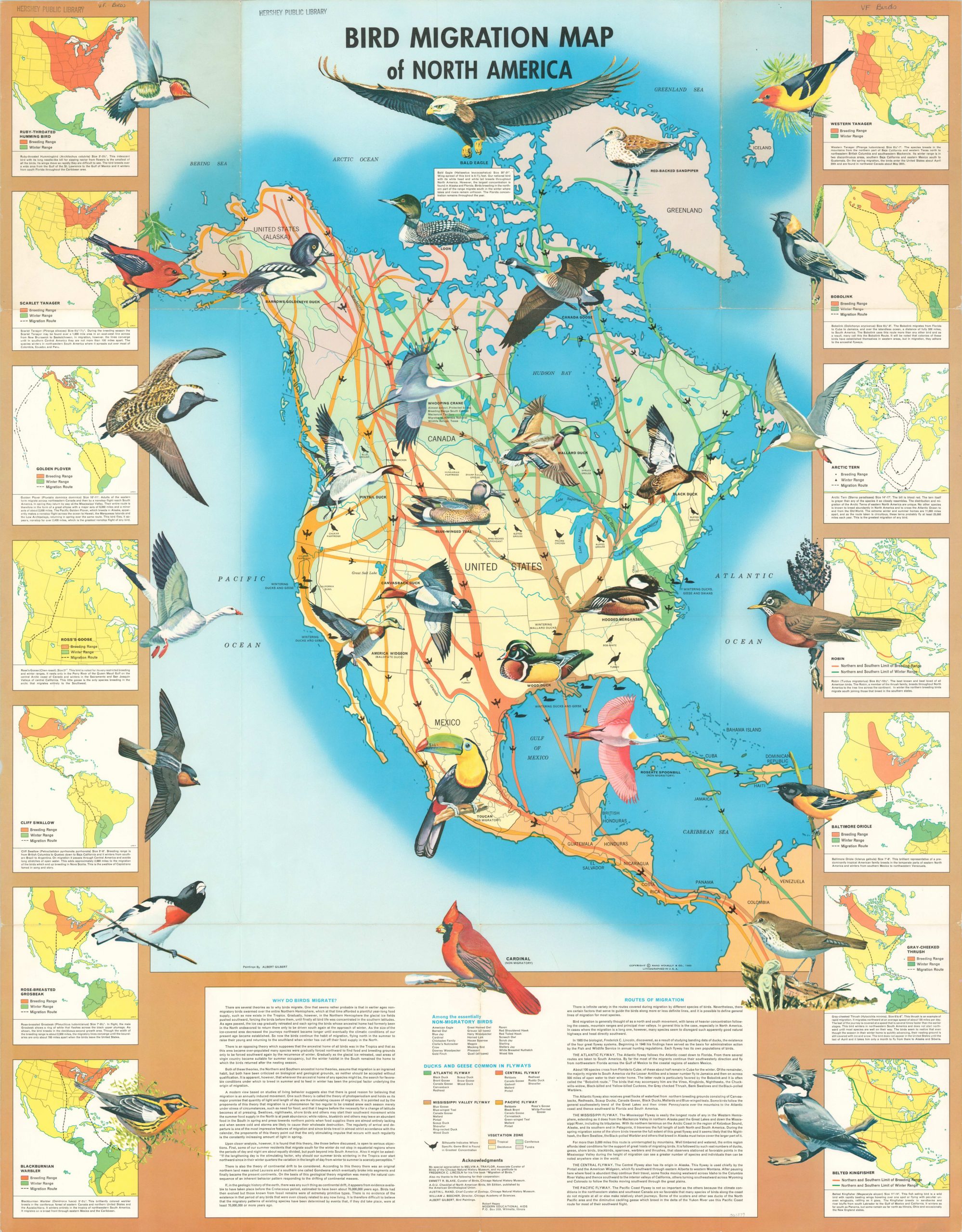| « Let's Face The Truth Head-on | Cleaning Your Vehicle's Throttle Plate is Easier Than You Thought » |
Bird Flu, and Did Viruses Suddenly Get Mad at Humans Starting in The Year 2019?
Something isn't right here.
We've been told by various virologists over decades that viruses mutate, but that it's very rare that they jump from animal to human. Viruses jumping from animal to human was rare, until 2019 that is. At least that's what we're asked to believe.
Because influenza viruses are constantly changing, CDC performs ongoing analyses of A(H5N1) viruses to identify genetic changes that might allow for spread more easily to and between people, cause serious illness in people, reduce susceptibility to antivirals, affect the sensitivity of diagnostic assays, or reduce neutralization of the virus by vaccine induced antibodies. To date, no such concerning changes have been identified in HPAI A(H5N1) viruses circulating in wild birds and poultry worldwide or that have sporadically infected humans.
Currently, HPAI A(H5N1) viruses are believed to pose a low risk to the health of the general public in the United States; however, people who have job-related or recreational exposures to infected birds may be at higher risk of infection and should take appropriate precautions outlined in CDC guidance.
In Texas there are reports of cattle becoming infected with H5N1 -- and even a human.
The bird flu—also known as highly pathogenic avian influenza, or HPAI—is back, and this time, it's infecting dairy herds across several states for the first time. There's also a report that a Texas dairy worker tested positive for the virus.
On Friday, the US Department of Agriculture's (USDA) Animal and Plant Health Inspection Service reported that cows in Texas, Kansas, and Michigan have been infected with bird flu. There are indications that the virus is spreading to additional herds in New Mexico and Idaho.
This brings to mind a few questions. Why were cattle being tested for a viral infection that was not known to infect cattle? Where did this jump from bird to cattle occur? And which migratory birds follow a path that could result in the infection map that they are hopefully going to release?
But, we've been told not to worry.
Avian flu poses only a low risk to humans
It's very rare for a human to be infected with the avian virus. The first U.S. case of a person infected with avian influenza A (H5N1) virus was reported in April in Colorado. The patient recovered after experiencing a few days of fatigue.
They're getting ready to turn up the fear.
Federal agencies including the U.S. Department of Agriculture have found positive cases of highly pathogenic avian influenza (HPAI) in dairy herds in Kansas, Texas and Michigan. Presumptive positive test results have been received for herds from New Mexico, Idaho and Texas, according to the latest release from the department.
The avian flu has been discovered in other species, like sea lions, but this is the first time it has been seen in cattle. Earlier in the month, a Minnesota goat also tested positive for the virus. Experts stress products remain safe to eat, risk to the public is still low and the milk supply is not expected to be impacted.
...
“Spread of symptoms among the Michigan herd also indicates that HPAI transmission between cattle cannot be ruled out; USDA and partners continue to monitor this closely and have advised veterinarians and producers to practice good biosecurity, test animals before necessary movements, minimize animal movements, and isolate sick cattle from the herd,” according to the USDA release.
Never fear, "The Science" is here to help. If the H5N1 virus is not effecting mammals, The Science will work to make that happen?
The Dutch virologist accused of engineering a dangerous superflu a few years ago is back with more contentious research.
In 2011, Ron Fouchier and his team at Erasmus Medical Center took the H5N1 flu virus and made it more contagious. Now the team has published another study with more details on the exact genetic changes needed to do the trick.
The H5N1 bird flu is known to have sickened 650 people worldwide, and of those, 386 died. So far the virus [H5N1] hasn't been contagious in people.
But Fouchier's work, plus some similar research from another lab, showed for the first time that the virus had the potential to change in a way that would make it a real pandemic threat. Only a few mutations were necessary to make the H5N1 bird flu spread through the air between ferrets, the lab stand-in for people.
Critics argued that the scientists had created a dangerous new superflu. And they pushed for the recipe not to be openly published. They feared that others would repeat the work and either not adequately safeguard the virus or would deliberately release it.
After a long debate about security versus scientific openness, the research findings did finally appear in a journal.
...
"Two mutations enable improved binding of the H5N1 bird flu virus to cells in the upper respiratory tract of mammals," Fouchier told Shots in an email. "Another mutation increases the stability of the virus. The two remaining mutations enable the virus to replicate more efficiently."
These findings are important for keeping one step ahead of the virus , Fouchier thinks, and for helping to prepare for a possible pandemic.
"If we increase our understanding of how influenza viruses become airborne between mammals, we may be able to identify at some point which viruses [out of many that are circulating in nature], we need to keep an eye on because of public health risks," he added.
Let's assume that these claims are entirely true. Why would anyone argue for this kind of research?
Even if there are viruses that can't currently spread from human to human, who's to say that they ever will? It makes no sense to modify viruses -- in ways that likely will never occur naturally.
There is no reasonable means by which to conclude which viruses might mutate and become deadly, or otherwise harmful to humans. The entire "we need get in front of viruses" premise is utter nonsense.
With all of the virologists out there doing "science," where are the viruses which have been predicted to mutate and infect humans, and then did? I'll wait...
This is like "Minority Report" for viruses. "We'll stop the viruses in the 'pre-infection' phase! You know, like pre-crime."
Does this sound like "Science" that anyone can truly trust?
=== UPDATE! ===
Ann Tomoko Rosen has an excellent piece about this subject! It’s already starting.
What do you think?
Please leave a comment, like it or hate it... You DO NOT need to register to leave a comment. Email addresses are NOT used. Just make one up "someone@somehost.com"


